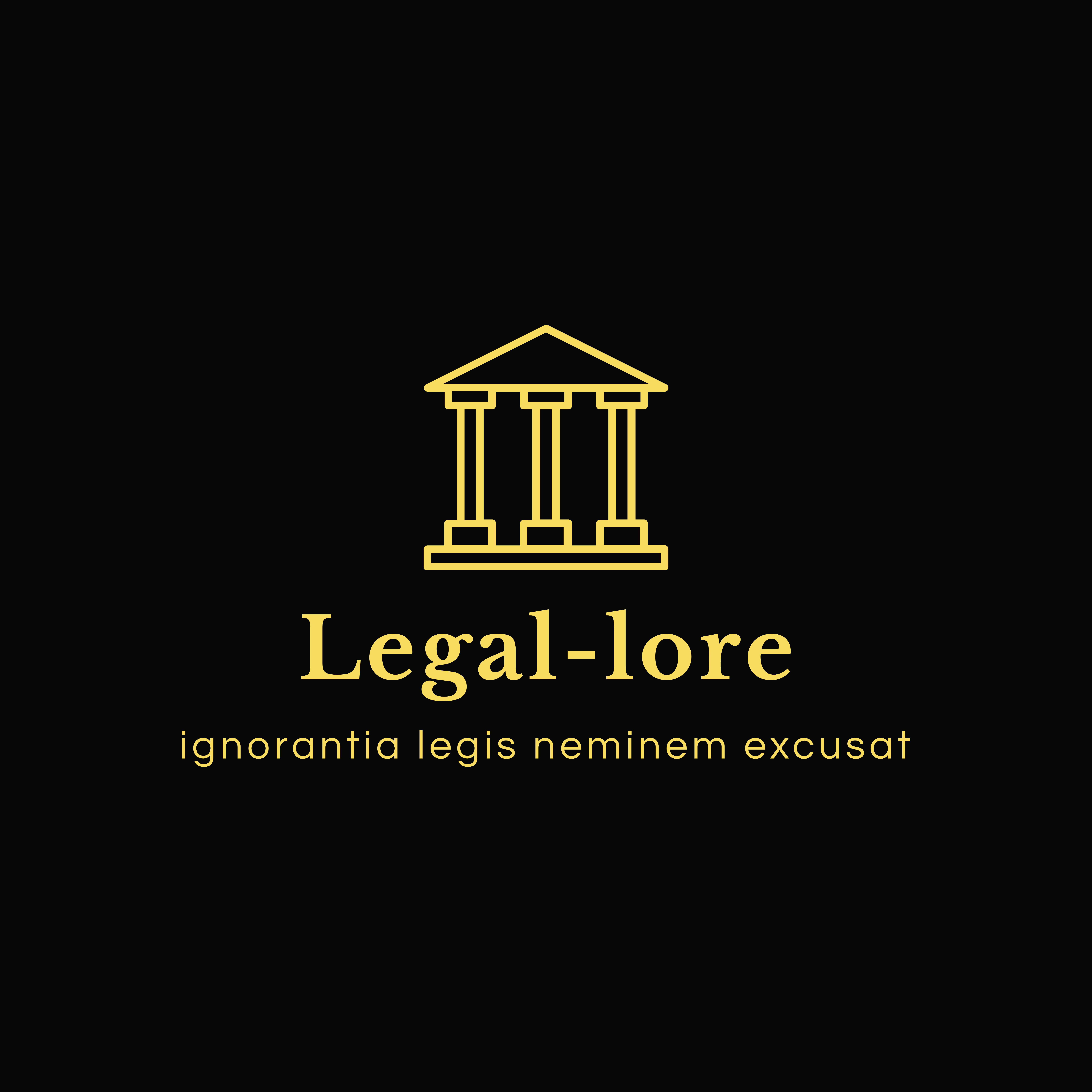A COMPREHENSIVE LOOK INTO INDEPENDENT TORTFEASORS
- Legal-lore

- May 29, 2022
- 4 min read
To understand Independent Tortfeasing, one must naturally first understand what a Tort is; by definition,” a wrongful act (other than a breach of contract) for which relief may be obtained in the form of damages or an injunction”
The word itself deriving from the French root word of Tortum, meaning “twisted” (as opposed to moral and civil) several centuries ago; tort, has to come to mean, any kind of behaviour that is harmful to another individual in particular (but notwithstanding any breach of contract or criminal acts), this includes acts such as physical battery on someone or interference with one’s possessions or with the illegal trespass, use and enjoyment of one’s land, economic interests (within certain specific conditions), honour, reputation, and privacy.
The term Tortfeasor, is used to refer to a person or an entity who has committed a civil offence (tort) that injures another person, and the plaintiff in such a lawsuit, would be the person who claims to have been negatively affected by the actions of the tortfeasor and seeks remedy in damages.
There are, chiefly three different classes of tort, each with their own varied models and standards, which are as follows,
A tort case of Strict Liability in this class seeks to redress damages to the plaintiff that were unintentionally caused by the tortfeasor. A straightforward example would be- a case of someone who owns a wild dog, which in a fit of ferality, injures another party, this would make the owner strictly liable without the need to satisfy the burden of proof on part of the plaintiff. Here we see how even though this wasn’t planned in advance by the owner, the statute of strict liability would make the dog owner responsible (or rather ‘strictly liable’), notwithstanding the fact that it was unintentional.
Intentional Torts have to do with cases where the tortfeasor commits the damaging/harmful act towards someone fully aware that this might result in an injury to another party’s person or property; or with the knowledge that their conduct is an offence (in cases of trespassing and such, there is no harm to anyone, but it still constitutes as offence under tort, whatever may be the reason behind the act)
It’s worth noting that these cases may even be of a criminal nature, and the plaintiff may choose to pursue redressal through the stream of torts instead of criminal law at their own discretion. Common examples of intentional torts can include assault or battery on a person, trespassing on the land property or good of a person, etc.
A tortfeasor who causes damage to another party due to his negligence and fail to take reasonable care to avoid such situations. If a person driving under the influence runs a stop sign and crashes his car causing the injury of other parties, he will be liable under the class of Negligent Tort as his fault was instigated.
And now, coming to the principal topic of this article, "Independent Tortfeasors" is the term attributed to the tortfeasors of a case where two or more persons acting independently, concur to cause a singular civil offence/tort to another party or parties. Thereby making the offenders Independent tortfeasors.
It is very important to take note of the concept of Joint tortfeasorship, which exists complementarily to Independent tortfeasorship; two or more persons are said to be joint tortfeasors when the tort committed, was done by them, not independently of one another, but in accord with one another to cause a singular damaging result.
When two different parties A and B trespass on the C's property at different times during the night with an intent to rob, and let's suppose that A gave up halfway through the robbery, discouraged by C's electric safe, and B manages to crack open the case and take off with the money; this would make them Joint tortfeasors. Though they might not have been working in tandem, they both acted in furthering a common goal of theirs which is ultimately a tort/wrongful civil act.
Underlined below are various landmark cases relating to Independent tortfeasorship that will help us better understand liability incurred by the offender involved in these cases:
Koursk case [1924] P 140:
In this case, the ship "Koursk" collided with another ship "Clan Chisholm", and this in turn caused the second ship to collide with a third ship "Itria" and sinking her.
In court proceedings, the owners of Itria were able to not only first hold Clan Chisholm responsible and recover nominal damages from them, but they were also able to file a suit against Koursk for added redressal in damages. It was held that the first two ships involved in this dispute weren't jointly responsible for the offence but were individually and severally, and that there can be as many causes leading to the singular offence as the number of tortfeasors.
Rutter v. Allen:
In this case, the plaintiff had stopped his car suddenly in response to a truck that had come to a sudden halt. The Plaintiff was then struck from behind by another vehicle, and this vehicle was in turn hit by another vehicle, in a chain reaction, continually causing damage on the plaintiff's vehicle.
Hutchings v. Dow:
In this case, the plaintiff had incurred damage in a motorbike accident and later on after 18 months, met with another offence against him where he was physically assaulted and injured.
The plaintiff suffered from chronic ongoing depression resulting from these two incidents (motorbike and assault).
In court, the offenders we're both held as independent tortfeasors who have caused a singular injury i.e. depression, by way of their disjoint and independent actions.
This article is written by Karthikeyan Saravanan, of Amity Law School, Noida.
Comments